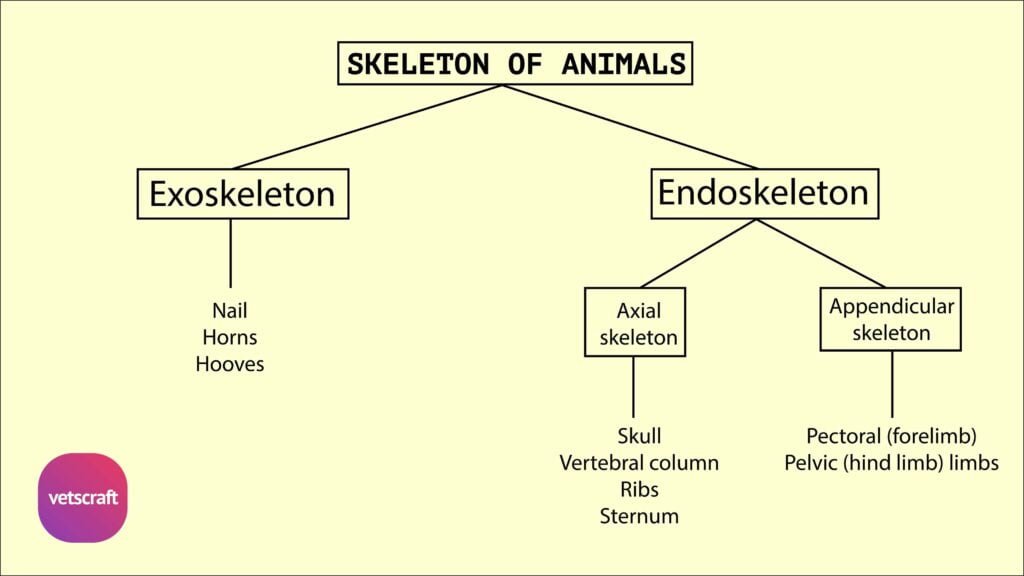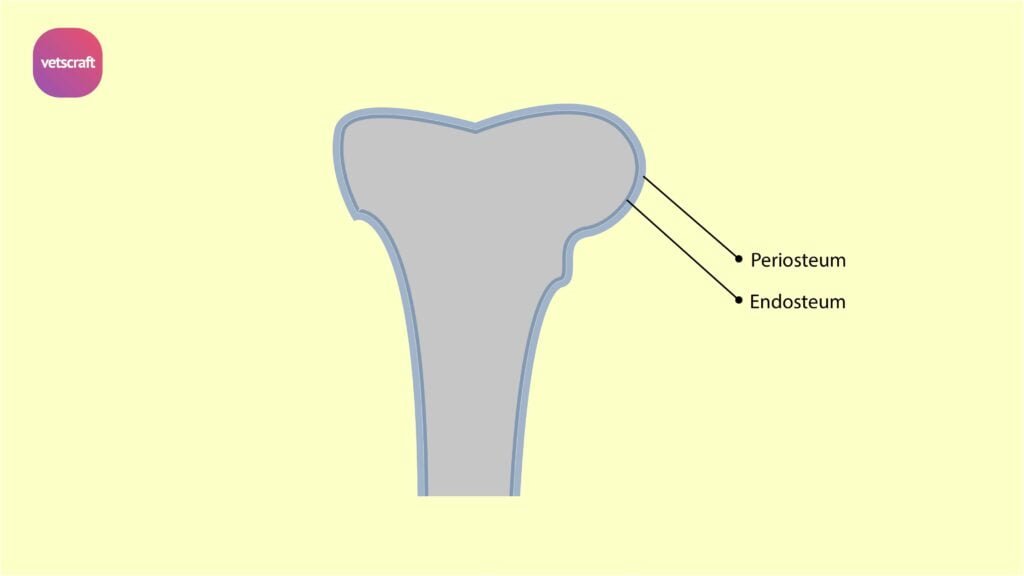TABLE OF CONTENTS
Structure of Bone: Microscopic and Macroscopic Anatomy
The structure of bone refers to its organized anatomical composition, which can be studied at both the microscopic (histological) and macroscopic (gross) levels. Bone is a specialized connective tissue that provides strength, support, and protection to the body.
Microscopic structure
Bone is a type of connective tissue, consisting of bone cells or osteocytes and parallel rows of fine collagen fibers embedded in an amorphous ground substance.
The ground substance or matrix is impregnated with regularly arranged crystals of calcium salts. The deposition of the mineral matter renders the intercellular substance hard and impermeable, forming thin plates or lamellae.
Macroscopic or Gross structure
The gross structure of the bone shows differences in the arrangement of the bony lamellae, forming either compact or cancellated bone.
Based on the arrangement of bony lamellae, bones are classified as either compact bone or cancellated (spongy) bone:
1. Compact bone
Compact bone is dense, white, and hard, and forms the outer shell of a bone. It is found aggregated in portions where the greatest strain on the bone is exerted. The bone is arranged in the form of a concentric system called the Haversian system or osteon.

2. Cancellated or Spongy bone
Cancellated or spongy bone is made up of delicate plates that intercross, forming a meshwork with spaces containing bone marrow. Cancellated bone is found in the epiphyses of long bones and is always covered by a layer of compact bone. Haversian systems are absent in spongy bone.

